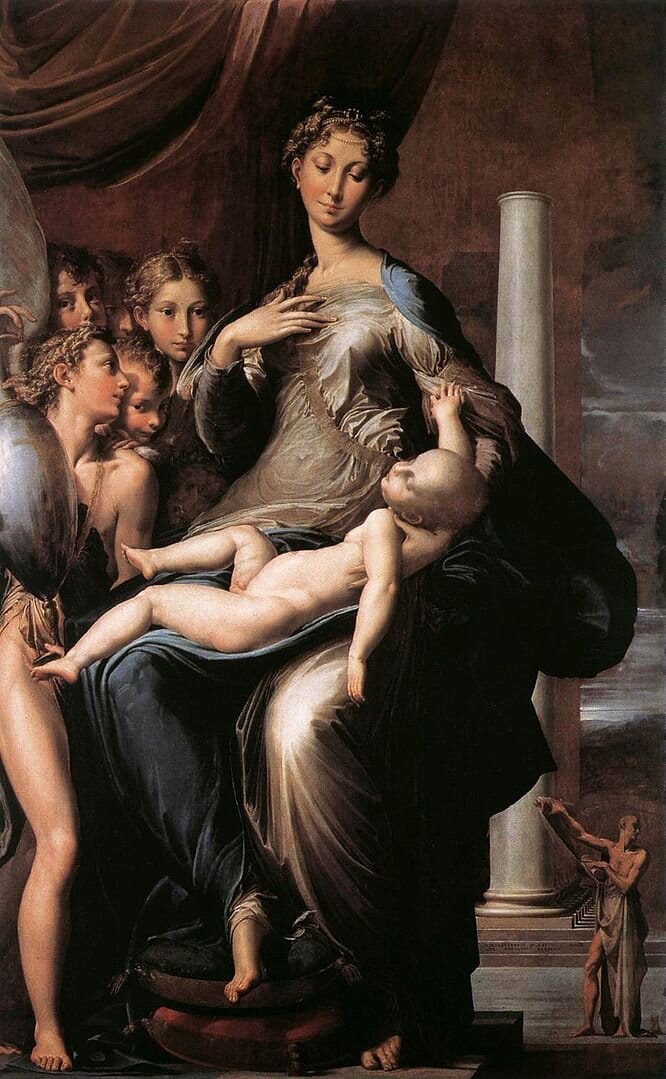Making it look easy

SPREZZATURA, n. I love this word and think about it all the time. It comes from Italian, specifically from Baldassare Castiglione’s 1528 Il Cortegiano (The Book of the Courtier), a Renaissance text composed of dialogues about what constitutes the ideal courtier and what kind of skills that person should have. The answer is pretty much all of the skills, by the way. You gotta be athletic and attractive and intelligent and polite and good at conversation and knowledgeable about the arts and humanities and be able to kick ass when necessary, but the real trick is that you gotta make all of the above look easy, which is “sprezzatura.” Castiglione invents and defines the word in the following passage:
Trovo una regula universalissima, la qual mi par valer circa questo in tutte le cose umane che si facciano o dicano più che alcun altra: e cioè fuggir quanto più si po, e come un asperissimo e pericoloso scoglio, la affettazione; e, per dir forse una nova parola, usar in ogni cosa una certa sprezzatura, che nasconda l’arte e dimostri ciò, che si fa e dice, venir fatto senza fatica e quasi senza pensarvi…
Here’s an English translation by Charles Singleton (courtesy Wikipedia, lol, I swear I had this book in my house at some point but it’s gone now):
I have found quite a universal rule which in this matter seems to me valid above all other, and in all human affairs whether in word or deed: and that is to avoid affectation in every way possible as though it were some rough and dangerous reef; and (to pronounce a new word perhaps) to practice in all things a certain sprezzatura [nonchalance], so as to conceal all art and make whatever is done or said appear to be without effort and almost without any thought about it.
I love that Castiglione notes his own “nova parola” (new word). Singleton offers “nonchalance” as a gloss for “sprezzatura,” which works very well. Nonchalance is carelessness, or the appearance of not caring. You can see from the “non” that negation is built into it. The “chalance” part comes from a somewhat rare French verb “chaloir,” which is literally “to heat” but figuratively “to matter.”
Negation is built into “sprezzatura,” too, in the form of that first s-. It took me a moment to figure this out, since the OED was fantastically unhelpful. Usually there is a big chunk of text listing root words going back a few thousand years, but for sprezzatura, the only thing written under “Etymology” was “Italian.” Thanks, OED. Anyway, Castiglione did not choose a random arrangement of letters for his new word. He was working with the ideas in the verbs “prezzare” (to value, to price) and “sprezzare” (to disdain). So sprezzatura is the attitude of not prizing something, of disdain.
So courtiers have to be good at everything, but they can’t look like they’re trying. Sort of like how mainstream US culture demands that women be beautiful but decries visible and obvious makeup as vulgar; you’re supposed to be “natural.” Effortless.
Castiglione continues by expanding on the idea that “grace” and “effort” are incompatible, and this time I can’t crib a translation from the internet so we’re stuck with mine:
Da questo credo io che derivi assai la grazia: perché delle cose rare e ben fatte ognun sa la difficultà, onde in esse la facilità genera grandissima maraviglia; e per lo contrario il sforzare e, come si dice, tirar per i capegli dà somma disgrazia e fa estimar poco ogni cosa, per grande ch’ella si sia.
From this, I believe, derives a measure of grace: for everyone knows the difficulty of rare and well done things, so ease in them inspires great awe; and on the contrary, effort is, as they say, like dragging by the hair, in short ungraceful. It makes us hold things in low esteem, however great they may be.
I think you can connect this notion that effort is the opposite of grace to Mannerist painting—you wouldn’t want to hold your long muscular baby too tight, for instance. Make it look easy.

Madonna with the Long Neck, Parmigianino, 1535-40. The painting depicts the Virgin Mary seated with the baby Jesus in her lap and a group of angels crowded around them to the left.
Alas, I am not making it look easy this week. I misplaced my attention span and have not finished reading anything new, though I have reread some books (Slippery Creatures and The Sugared Game by KJ Charles, in the hope that her ability to construct such perfect reveals in her plot will osmose into my brain) and started probably ten new ones. Some of them I’ll finish—perhaps next week. See you then!

